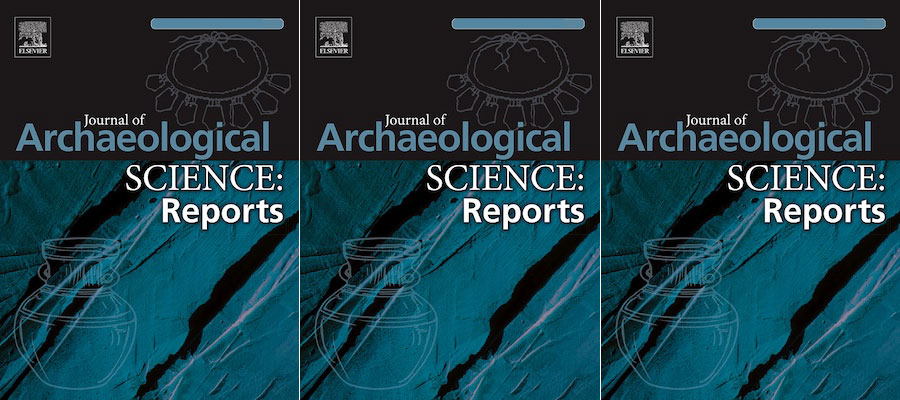S.Y. Waksman, A. Bouquillon, J. Burlot, C. Doublet, K. Amprazogoula, and A. Tsanana. "Between the Byzantine and the Islamic worlds? Byzantine Polychrome White Ware." Journal of Archaeological Science: Reports, volume 56 (June 2024, 104536). [Open Access, doi.org/10.1016/j.jasrep.2024.104536]
Byzantine Polychrome White Ware (PWW) is special among Byzantine glazed ceramics. It stands out by its sophisticated motifs and its uses, as architectural ceramics and icons, in addition to tableware. This study is based on about 30 sherds of PWW pottery coming from archaeological contexts dated back to the 10th and 11th c., in Greece (Hierissos and other sites in Chalkidiki) and Turkey (Saraçhane in Istanbul). It shows their Constantinopolitan origin, based on kiln material found in the Metro-Marmaray excavations in Istanbul. It also shows how Polychrome White Ware stands out from the traditional Byzantine technological know-how, with the use of lead-alkali glazes, sometimes opacified with tin, and of Co pigments. On the contrary, these features are widespread in Islamic productions of the same period.
